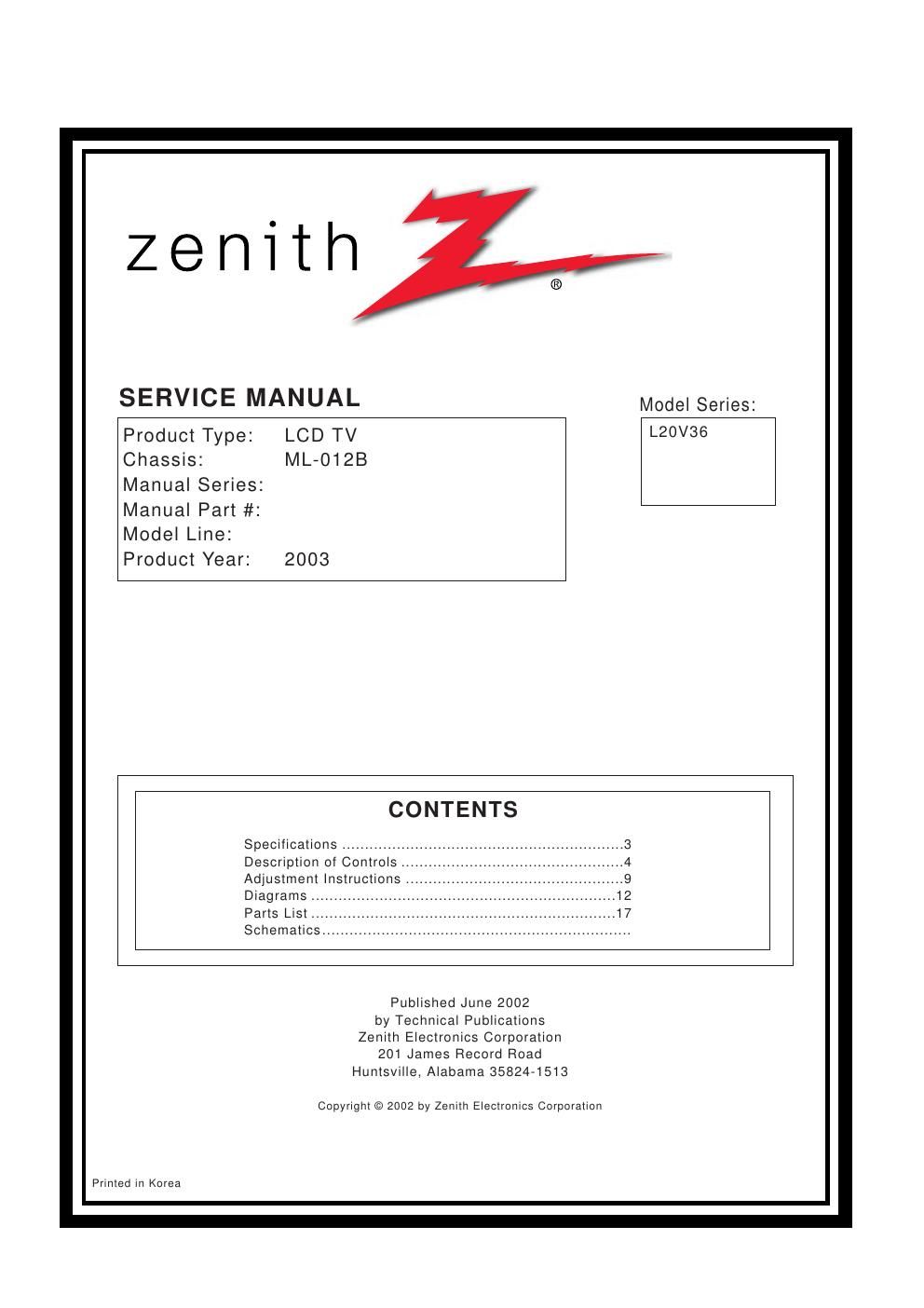Zenith l 20 v 36 schematic
This is the 23 pages manual for zenith l 20 v 36 schematic.
Read or download the pdf for free. If you want to contribute, please upload pdfs to audioservicemanuals.wetransfer.com.
Page: 1 / 23
